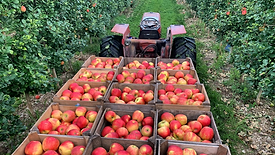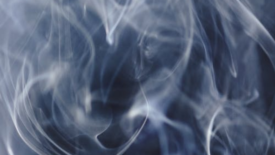Sanitation
Designing for Greatness while Considering Total Cost of Ownership
The total cost of ownership, and not only the price tag, is critical to consider when evaluating the hygienic design of equipment
April 10, 2023
Determining Sanitation Effectiveness with a Robust Environmental Monitoring Program
A PEM program should test for a mix of indicator organisms and a mix of pathogens based on product susceptibility and risk
December 11, 2022
Never miss the latest news and trends driving the food safety industry
eNewsletter | Website | eMagazine
JOIN TODAY!Copyright ©2024. All Rights Reserved BNP Media.
Design, CMS, Hosting & Web Development :: ePublishing










